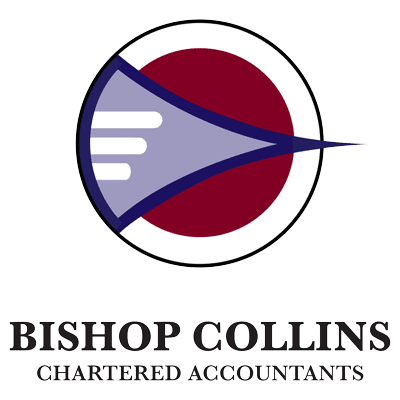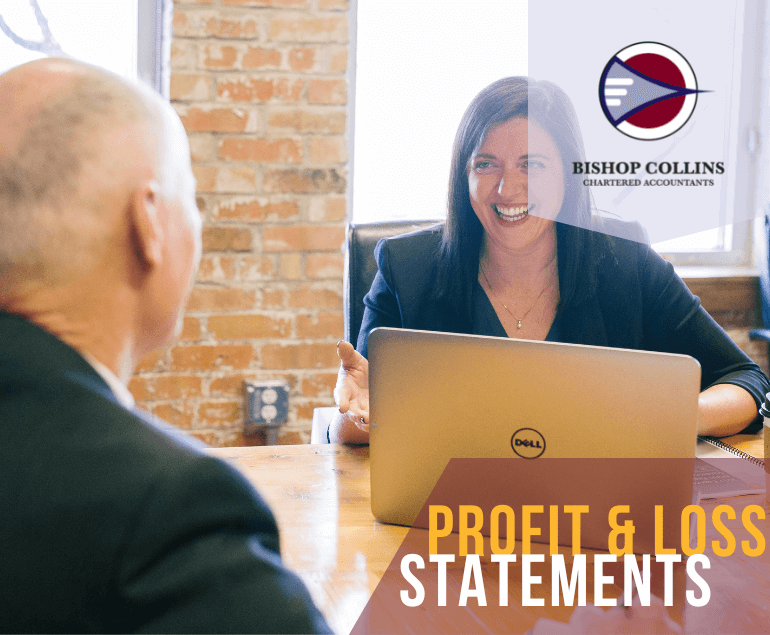“We were always focused on our profit and loss statement, but cash flow was not a regularly discussed topic. It was as if we were driving along, watching only the speedometer, when in fact we were running out of gas.”
Michael Dell, Founder and CEO of DELL Computers.
“The substance of the eminent Socialist gentlemen’s speech is that making a profit is a sin. It is my belief that the real sin is taking a loss!”
Winston Churchill
These quotes from a couple of pertinent figures are the ideal starting point to provide stimulus for the discussion of your profit and loss statement, and how your P&L can work for you and keep your business profitable.
What is a Profit and Loss Statement?
A profit and loss statement can help you pinpoint areas of success as well as spots where your business may need additional help such as cash flow management. A P&L is made up of various elements that depend on the nature of the activity that your business or organisation undertakes.
The best starting point for discussing the elements of a Profit and Loss statement, is to choose a time period to review, for example 1 July 21 to 30 June 22.
Revenue
The first and most important element is total revenue.
Here’s an example; Jim runs a B2B company that sells computers, and invoices $1,000,000 for the year. He only receives $900,000 in cash for that same period and is still owed $100,000. His “Total Revenue” under a “Cash Basis” is $900,000 but on an accruals basis is $1,000,000.
All Profit and Loss statements use accruals and this can cause business owners confusion when they compare the P&L to their cash flow. Remember this, because we will discuss this later in the article.
We can use this information to work for us such as comparing revenue to :
- Previous years, which can tell us if we are growing or contracting in our sales.
- Various periods during the year to determine which periods are our busiest periods and which are our quietest so we can plan our year ahead. Quiet times are good for staff to have holidays and when we may need more finance. Busy periods are when we will have more cash and when we will need resources more available, so we have products to sell or staff to complete the task.
COGS: Cost of Goods Sold
The second element of the profit and loss statement does not apply to all businesses or organisations. The “Cost Of Goods Sold”, or COGS, refers to the value of the stock that is sold. Businesses that provide a service do not sell products and therefore have no stock. This means they will not have a COGS element in their P&L.
Here’s an example; Jims Computer’s COGS is calculated by what has been sold, not what he has purchased during that period. Jim has opening stock of $100,000 and closing stock of $200,000. During the year he purchased $600,000 of computer equipment. So he has sold the opening stock plus the purchases during the period, less what he has not yet sold:
$100,000 + $600,000 – $200,000 = $500,000.
Gross Profit
The third element is the “Total Revenue”, less the “COGS” which gives us the “Gross Profit”.
It is here that we can get more useful data such as the margin we are making on our product sales. This “Gross Profit Margin” (calculated as the Gross Profit / Total Revenue) tells us how we compare to industry average, to our competitors (especially public companies that must publish their data) or to best practices. It can tell us if we may be undercharging or overcharging our customers. We can also test the effects on sales if we increase or reduce our prices and if this helps overall profitability.
Operating Expenses
The fourth element of the profit and loss statement is the “Total Operating Expenses”. This includes all your operating costs such as rent, wages, insurance, electricity, travel, interest and depreciation among other things.
Again, this data can work for us by showing how we compare to the wider industry and how we compare period on period. For example, if our insurance costs have increased by 40% it may be time to test the market and get alternative quotes rather than paying the given increases.
Operating Profit and Loss
Our Operating P&L is calculated as “Gross Profit” less “Total Operating Expenses”. This is the second area of profitability that shows the profit or loss that has come from the operating activities.
There are additional elements to the profit and loss statement that you may have seen such as EBITDA or Earnings Before Interest Tax Depreciation and Amortisation which is used to calculate profitability without items regarded as coming from financing activities or investing activities. This is used to assist in valuing a company and we will not cover this in this paper.
More Ways a Profit and Loss Statement Can Work for You
Let’s be clear; a P&L statement is a snapshot of the revenue earned and the costs incurred for a given time period in the PAST. It is not a guarantee of the future.
Like all history lessons, it tells us about our past so we can do the following:
- Predict the likely future if no change is made to operations
- Allow us to review the past in order to see if we can make changes that will be favourable to future results
- Compare changes we have made in past periods and their effectiveness on the latest period
- Help us to determine our future forecast and set budgets into the future
- And lastly, after everything above it can help us manage cash flow moving forward
My P&L Statement Says I’ve Made a Profit, but I Have No Cash. Help!
This is a common frustration we hear from growing businesses and organisations. The answer lies in two key areas that we’ll explore in this section.
1. Understanding the Profit and Loss Statement and the Balance Sheet
As we discussed earlier in this blog, the P&L statement is created using the accruals method of what you have earned and the costs you have incurred, not what money you have received or paid. So, if your P&L states you have a profit but you have no money in the bank then you need to turn to the other section of your financial accounts which is the balance sheet. The balance sheet will tell you where your profit sits. If your profit is not in cash, it will be in other areas such as an increase in assets from the previous period. These could include:
- Accounts Receivable, i.e. businesses that owe you money
- Fixed Assets you may have purchased, i.e. equipment, machinery, property etc
- Loans to related parties such as Directors
- Stock on hand
The other place your profit may have gone is into reducing your liabilities from the previous period such as:
- Paying down bank loans
- Reducing employee provisions such as Long Service Leave or Annual Leave
- Reducing accounts payable
2. Demands of a Growing Business
The most frustrating issue for a growing business is seeing growing sales and growing profit but no money in the bank and creditors screaming for payment.
This is due to what we call “Working Capital”. Working capital is defined as the capital (or funds) of a business which are used in the day to day trading operations of the organisation. The most common elements of working capital are:
- Inventory
- Accounts receivable
- Accounts payable and
- Cash
When a business grows it needs to hold more inventory or stock on hand to be able to sell when there is demand. It will often need to provide credit terms as an incentive to gain more business, so the accounts receivable increases. If the business does not match the increased credit terms for its accounts payable, then cash becomes strained. For example, if the accounts payable terms are payments in 7 days but the business is providing accounts receivable at 45 days then the business will feel a cash flow crunch as it is effectively acting as a bank for its customers. As the business grows the strain on cash flow will get increasingly harder.
This may be okay if the business anticipates this and is strategically prepared by holding enough cash or debt to support the business while it is growing. If the extra terms are translating into more business without bad debts and the profitability is high, then this may be sustainable. There will however come a time when this needs to be balanced if profitability margins are small as capital availability is not limitless.
The management of cash flow and the strategic review of matching your accounts payable terms and your stock holding levels is critical. Poor cash flow management is one of the major causes of businesses failures.
A Final Word About the Profit and Loss Statement
Having your profit and loss statement up to date for your business is vital as it’s one of the best reports to determine the financial health of your organisation. In addition, it is always demanded by future and current lenders, investors and the tax office.
Always seek an expert professional accountant to assist you in determining your organisation’s health. At Bishop Collins, our team knows that every business and its needs are different. We’re a dedicated, analytical, strategic and professional team, who also care about our clients. Our purpose is to make sure you feel your business and personal finances are in safe hands, so you are able to focus on the things you do best. Get in touch with us today.











